Currently Empty: $0.00
Tai Chi Knowledge
Gentle seated tai chi routines boost senior flexibility
Think tai chi’s just for people who can stand a long time? Think again! Seated tai chi gives you all the same great mind-body perks as regular tai chi, perfect if you’d rather sit or need to stay seated. It’s great for seniors wanting easy moves, folks healing from injuries, or anyone needing stress relief. These chair tai chi tai chi routines boost flexibility and balance gently, no joint strain.
Table of Content
- Seated tai chi benefits for seniors with limited mobility
- Chair tai chi sequences for complete beginners
- Tai chi sitting exercises relieve chronic back pain
- Morning seated tai chi routine boosts energy
- Adaptive tai chi for wheelchair users
- Seated tai chi and qigong fusion practices
- Office chair tai chi for desk workers
- Evening seated tai chi for better sleep
- Seated tai chi for arthritis pain management
- Breathing techniques in seated tai chi practice
- Seated tai chi for stroke rehabilitation
- Building community through seated tai chi groups
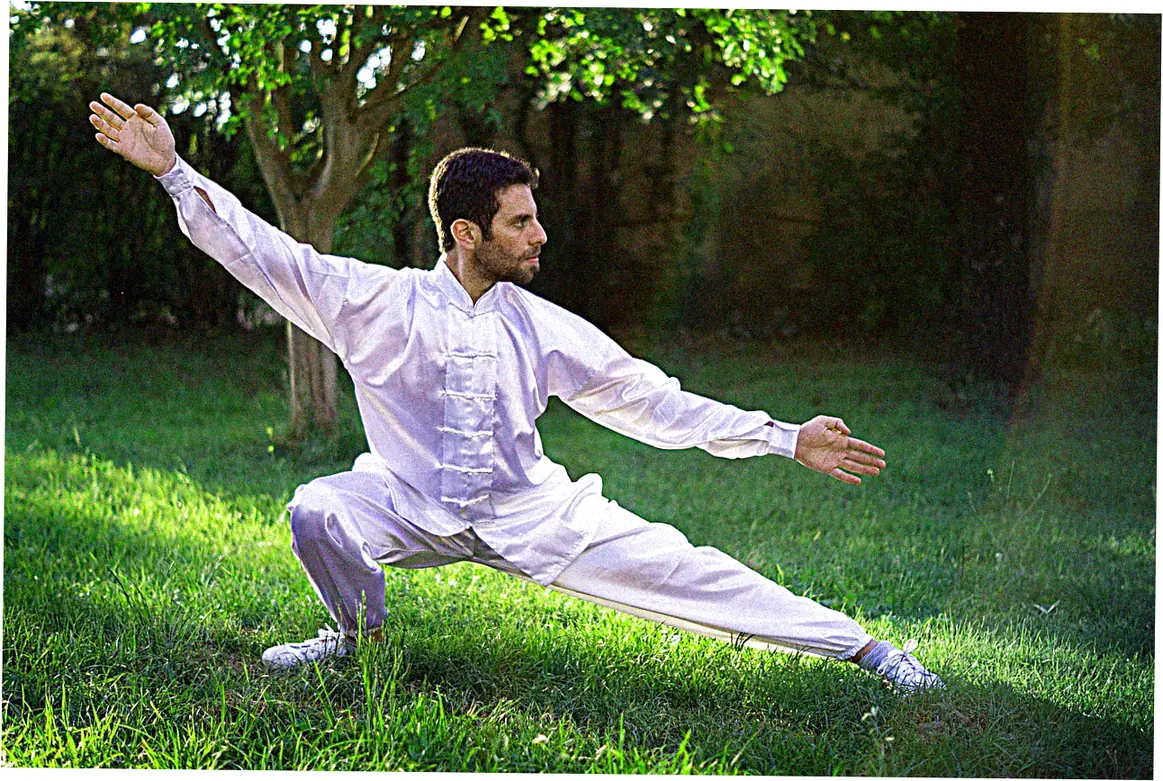
Seated tai chi benefits for seniors with limited mobility
Lots of older folks find seated tai chi is just right when standing workouts get tough.
You keep all the smooth moves of regular tai chi, minus the balance worries. Studies prove daily practice helps arthritis patients move up to 35% better.
Mary, 72 from Florida, says: After my hip surgery, these chair exercises were my daily rehab. In just months, I could tie my shoes again. Big pluses? Better blood flow, improved posture, and less fall risk – all while sitting. Slow, careful moves keep muscles working without hurting joints – perfect for osteoporosis or fracture recovery.
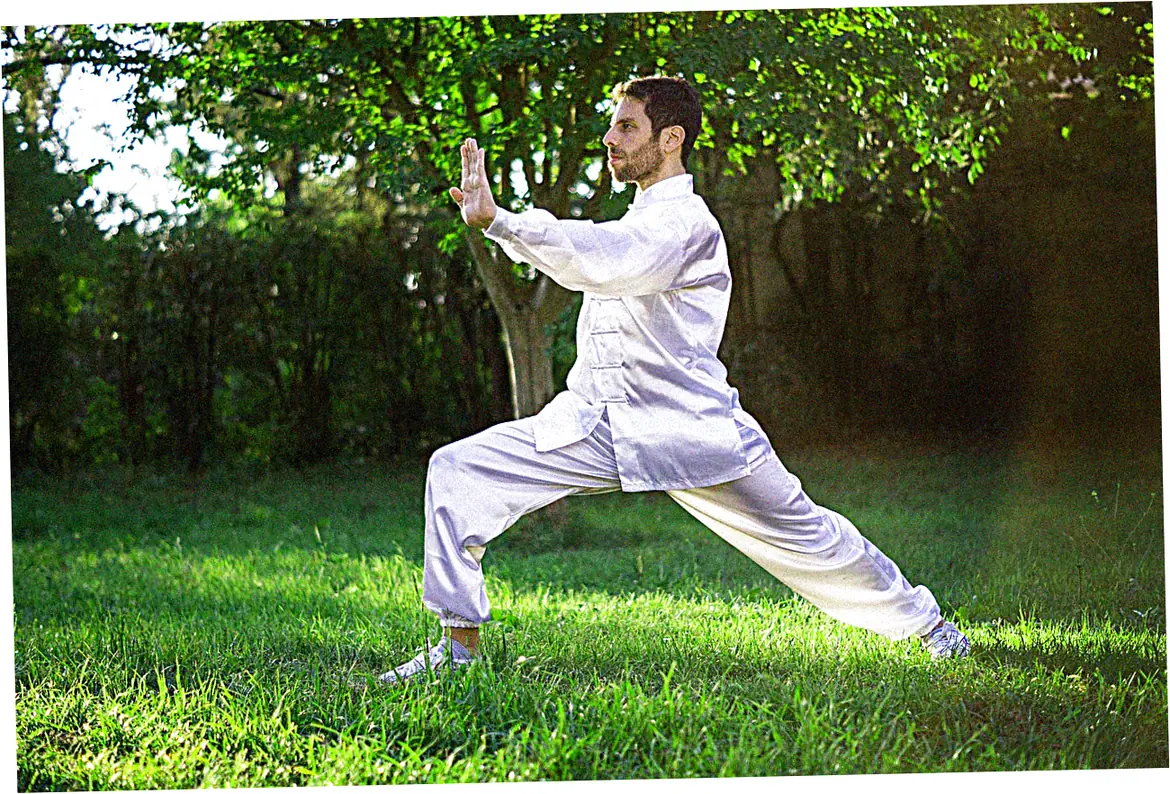
Chair tai chi sequences for complete beginners
No experience needed to start chair tai chi – just grab a steady chair and comfy clothes.
Newbies start with eight basic moves borrowed from classic Yang tai chi. You’ll learn moves like Cloud Hands (arm waves), Wave Hands (side-to-side sweeps), and sitting versions of Sparrow’s Tail.
Teacher David Wong suggests: Start with 5 minutes, just focus on breathing with the moves. Feels weird at first? Totally normal. Most newbies see better coordination and feel more relaxed after 2-3 weeks of regular practice. Check out free videos from certified teachers (GRA-certified are best) to try it risk-free.
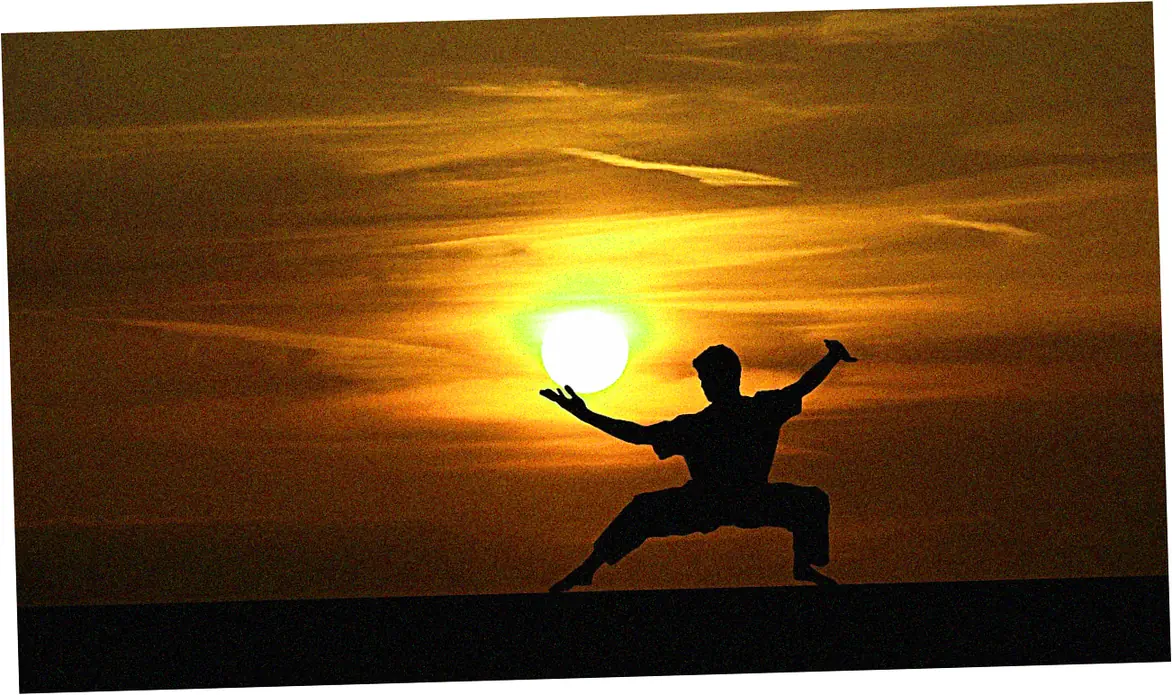
Tai chi sitting exercises relieve chronic back pain
Research shows seated tai chi works wonders for chronic pain, especially bad backs.
Easy twists and posture work build core strength while loosening up your spine. A recent study found folks with disc problems had 42% less pain after doing 15 minutes daily for 12 weeks.
Physical therapist Dr. Martinez says: The careful moves fix your posture without making things worse. Try pain-easing moves like Spine Rolls (slow back twists) and Seated Rainbow (side stretches). Pair these with heat therapy for better relief – just use a chair with good back support.

Morning seated tai chi routine boosts energy
Skip the extra coffee – do a 10-minute seated tai chi energy boost instead.
Moves like Rising Sun (arms up with deep breaths) and Pushing Waves (gentle leans) get your blood moving and wake you up. Trainer Michael Chen tells execs: It’s like yoga’s sun salute – but you can do it in work clothes.
Do these near a window – the movement plus morning sun helps reset your body clock. Lots of folks find they stay energized all day, no coffee crashes. Just three quick moves can really pep up your day.

Adaptive tai chi for wheelchair users
Chair tai chi works great for wheelchair users too.
Special teachers adjust classic moves to fit different mobility needs, keeping all the benefits. Wheelchair-user Sarah K.
notes: The upper-body focused routines improved my shoulder mobility dramatically after my accident. They tweak moves by using chair arms for support and focusing on trunk twists. Lots of rehab centers offer these now – check for GRA-certified programs. Group classes also fight loneliness while helping physically.
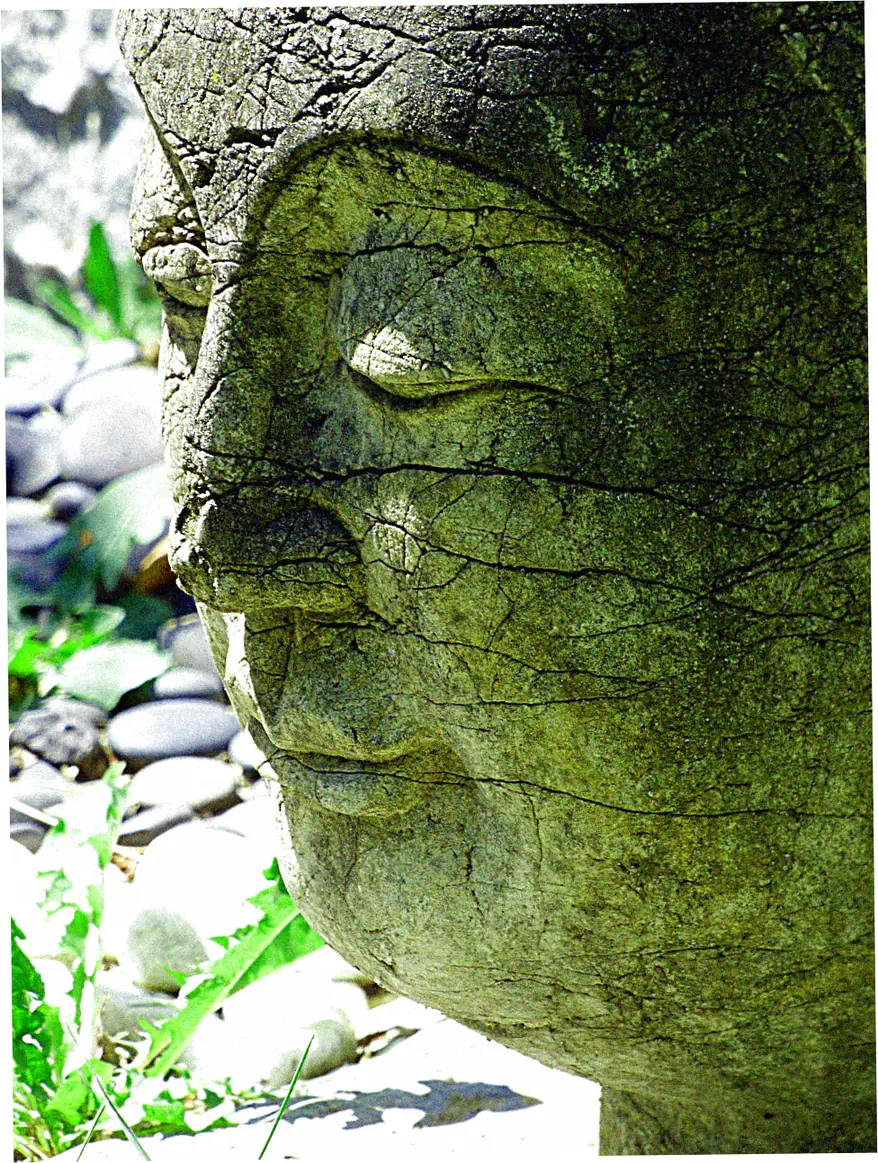
Seated tai chi and qigong fusion practices
Lots of seated tai chi classes mix in qigong for extra mind-body benefits.
Tai chi has flowing moves, while qigong uses held poses and breathing. Together they’re super helpful – like the Seated Tree pose (arms in a circle) with deep belly breathing.
Teacher Li Wei says: Mixing them boosts energy better than doing just one. Research proves they can reduce blood pressure and help you sleep better. Newcomers should try 5-minute poses before longer practice. Best part? You can tweak arm positions and times to suit you.
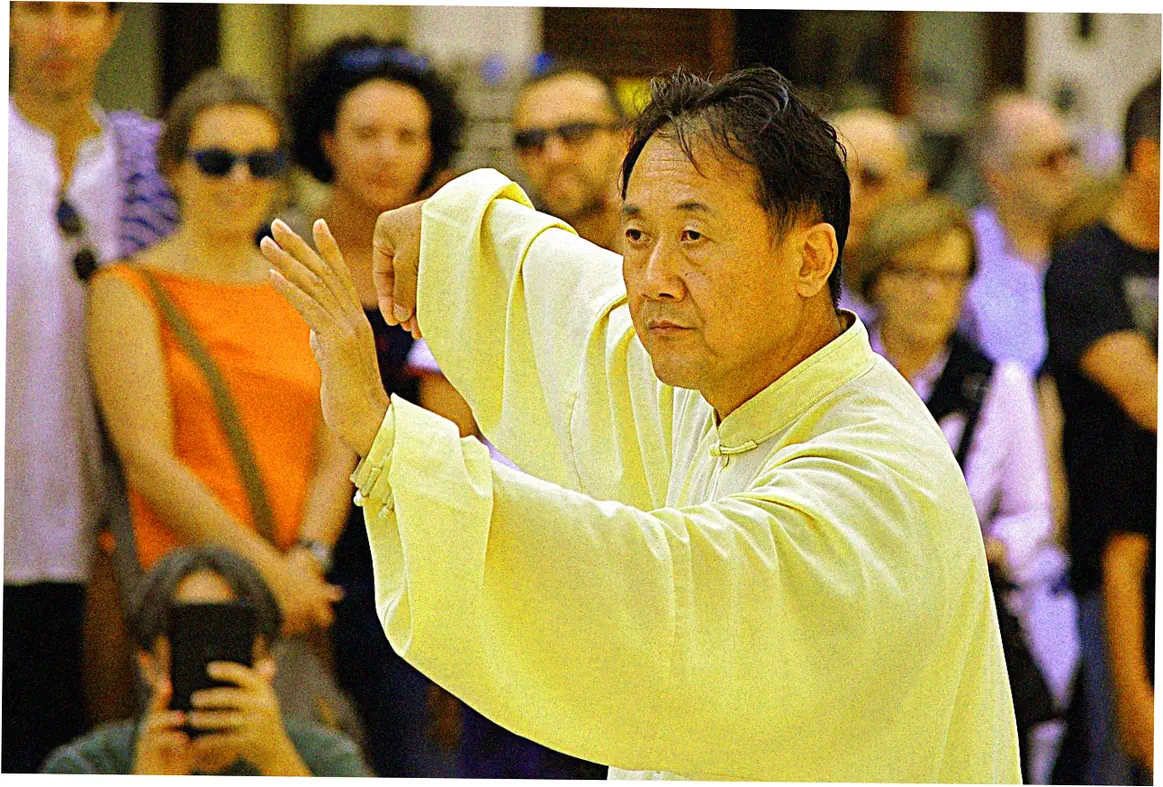
Office chair tai chi for desk workers
Office folks get stiff and tired – seated tai chi helps right at your desk.
Quick desk breaks include Neck Rolls (turn head with breaths), Wrist Clouds (easy hand moves to avoid wrist pain), and Seated Twist (gentle spine turns holding chair). Tech guy Raj says: Three minutes every hour fixed my mouse-arm pain.
These quick moves fight sitting too long – no gym clothes or gear needed. Lots of offices now do chair tai chi breaks – workers stay sharp and healthy. Regular short sessions beat rare long ones.
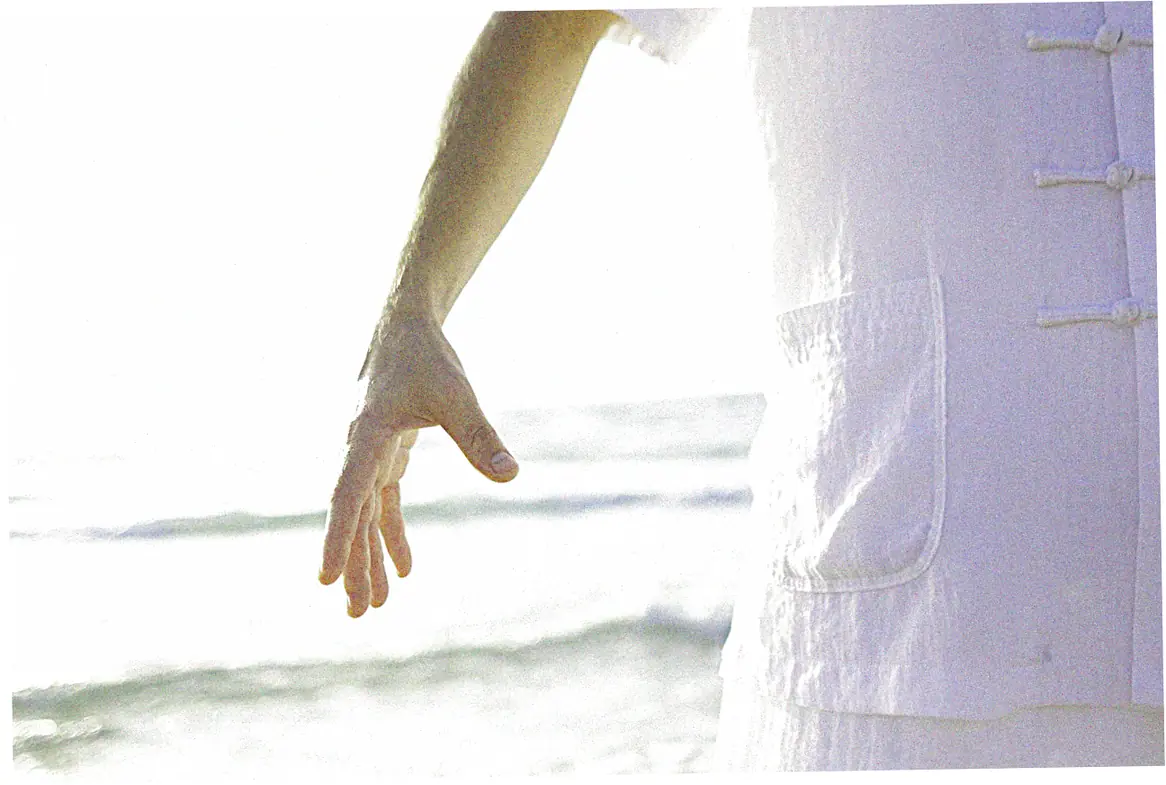
Evening seated tai chi for better sleep
Seated tai chi’s perfect for winding down before bed.
Easy moves like Moonlight Sway (gentle side leans) and Closing the Day (arms sweeping down) tell your body to chill. A study showed 15 minutes before bed helps people fall asleep 25% faster and sleep better.
Insomnia patient Gina says: In six weeks, I cut sleep meds in half. Do these with low lights 30-60 minutes before sleep for best results. Long exhales trigger your body’s natural calm-down mode.

Seated tai chi for arthritis pain management
Chair tai chi lets arthritis patients move without more joint pain.
The fluid moves ease joints while strengthening nearby muscles. Doctors suggest adapted moves like Rolling Arms (shoulder circles) and Knee Clouds (easy leg lifts).
Studies show 70% of regular users need less pain meds. Retiree Margaret says: My knuckles stopped swelling after I started. Hot tip: Do it somewhere warm, and don’t push past comfortable motion. Lots of community centers have special classes with PT guidance.
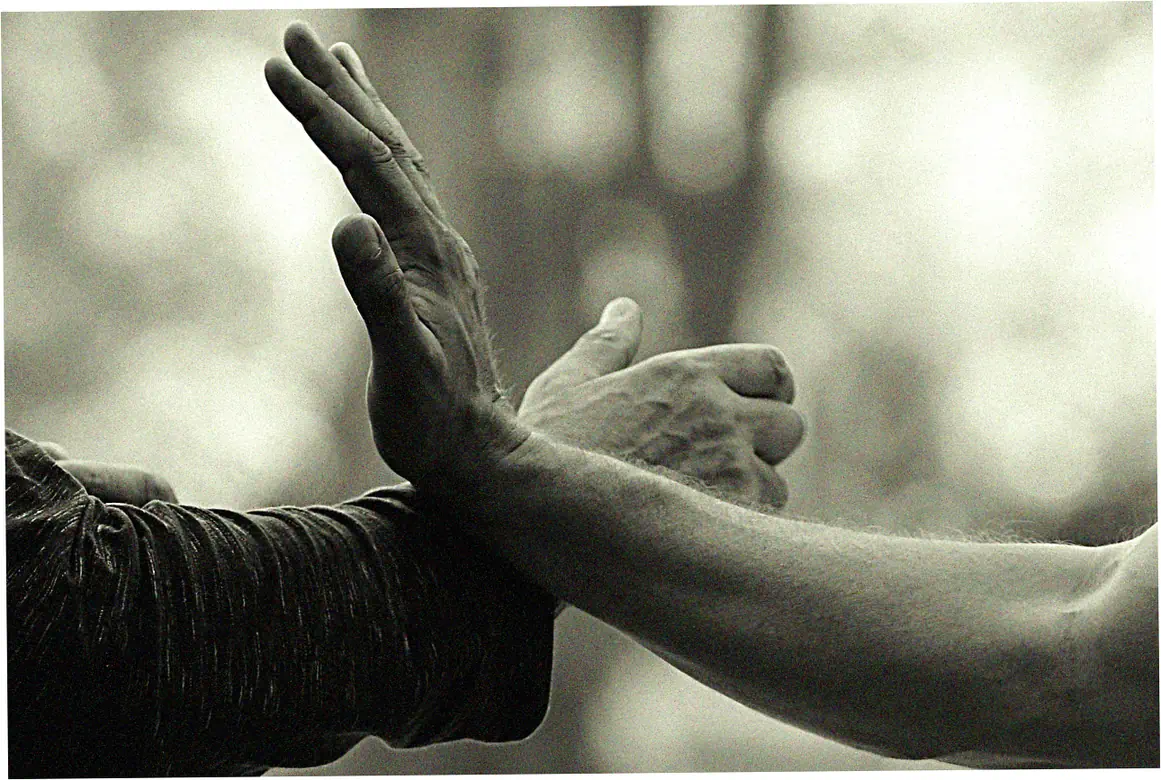
Breathing techniques in seated tai chi practice
Right breathing turns chair tai chi from simple moves to powerful healing.
Basic Four-Part Breath means belly breath first, then ribs, then chest – exhale in reverse. Teacher Chen says: Good breathing gives you most of tai chi’s perks.
Newbies might fumble at first but get better fast. Great for COPD folks – tests prove better breathing after a few months. The breathing also calms nerves by triggering relaxation responses. Start with 5 minutes just on breathing before adding moves.
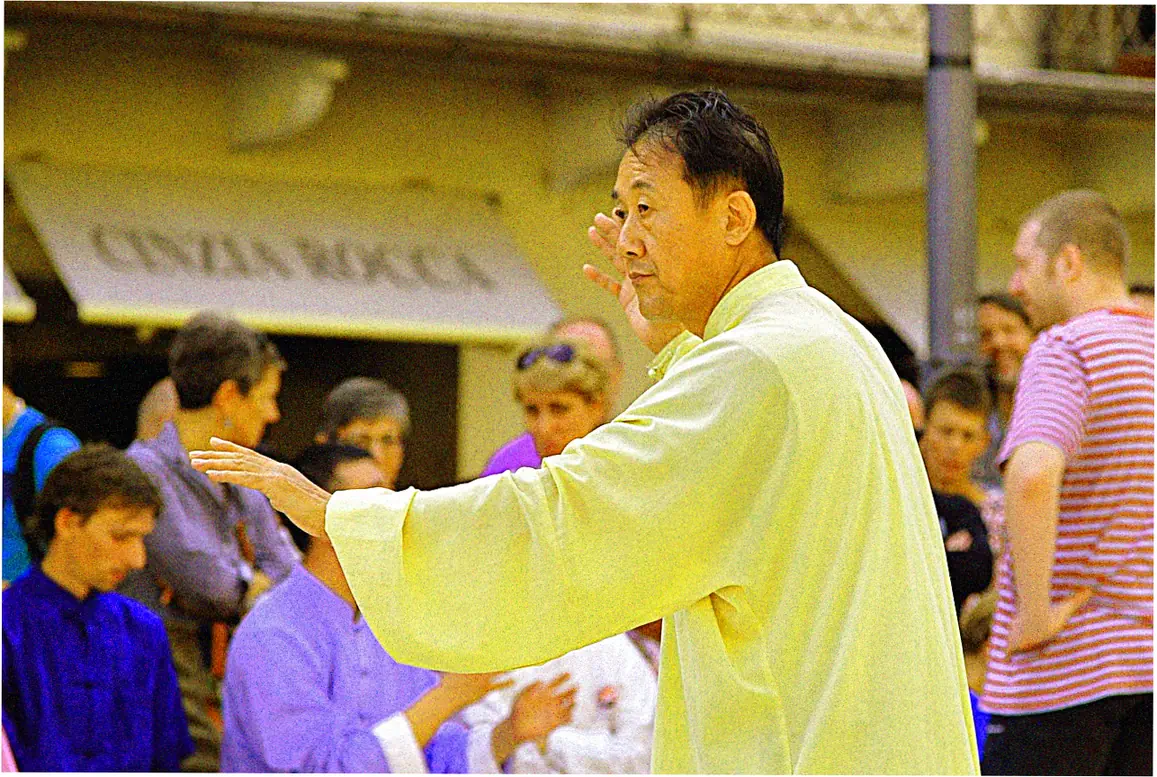
Seated tai chi for stroke rehabilitation
More brain doctors now suggest chair tai chi for stroke rehab.
Using both sides helps rewire the brain while improving weak-side movement. Therapist Dr.
Amy Lopez explains: The slow pace allows the brain to rewire movement patterns safely. They often have your good arm help the weaker one with moves like Pushing Mountains. Stroke patient Mark says: This got my left arm working again when regular therapy stalled. Lots of rehab hospitals now include chair tai chi – find therapists who know both brain science and tai chi. Regular short practice beats rare long sessions.
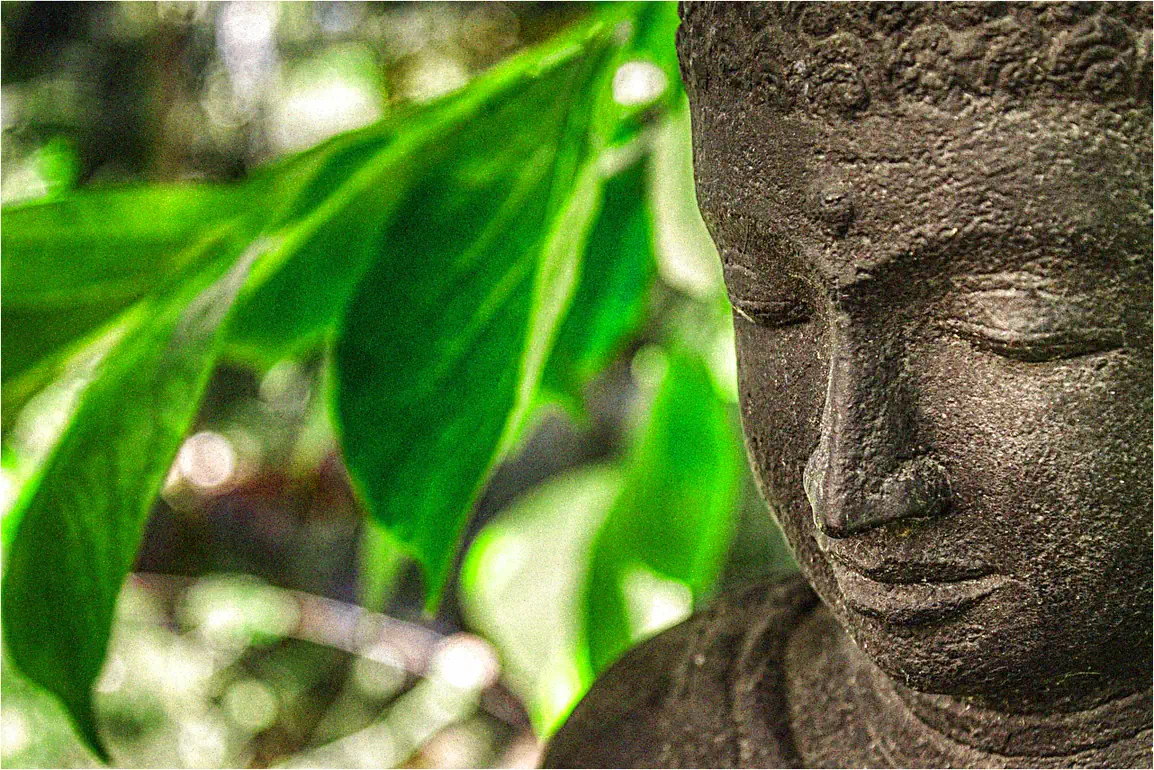
Building community through seated tai chi groups
Chair tai chi isn’t just physical – it builds friendships too.
Senior centers and community groups worldwide host chair tai chi circles where participants share progress and encouragement. Retired nurse Clara P.
describes her group: We’ve celebrated birthdays and supported each other through illnesses for eight years now. The shared experience of synchronized movement creates bonds while combating isolation – a critical factor in senior health. Many groups incorporate tea ceremonies or meditation afterward, enhancing the communal aspect. Virtual options also exist, with live-streamed classes allowing homebound individuals to participate. The social motivation helps maintain regular practice when solo discipline falters.
Whether you seek pain relief, better mobility, or simple daily relaxation, sitting-down tai chi offers adaptable solutions. Remember – progress comes through consistent practice, not perfection.
Start with just five minutes daily, perhaps following along with one of the many excellent free videos available. Your body (and mind) will thank you as the benefits accumulate. Why not try a gentle sequence today? Your journey toward greater ease and wellbeing might be just a few seated movements away.
